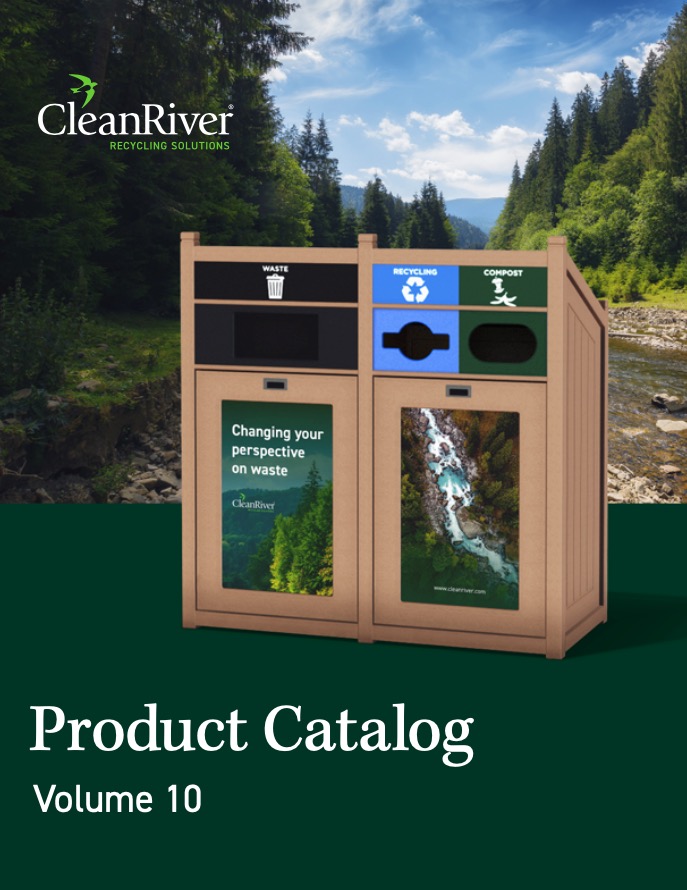1. Select your team and plan a date for the waste audit.
Use people from across the organization. It’s always advisable to include a representative from your Finance and Health and Safety teams if possible. Waste audits can be an eye-opening experience as they often identify wasteful practices that translate into soft dollar losses from the financial perspective. They can also highlight areas of hazard that Health & Safety need to be aware of. Make sure you include your custodial team in the planning process. They can advise you of anything you need to be aware of regarding your waste collection program and identify areas for improvement. Select a week when there are no special events occurring at your facility and ask the custodial team to collect all waste over a 3-day period and place in a secure container. Waste should be collected on Tuesday, Wednesday and Thursday. Don’t include Mondays and Fridays as there is typically a higher incidence of absences on those days Provide labels for the custodial team so they can label each bag with the date, location, and stream.2. Gather your equipment.
- Clear garbage bags for use in all the waste and recycling bins during the 3-day period
- Large secure container to store the bags collected
- Labels to identify date, location, and stream for each bag
- Permanent markers for the custodial team to mark the labels
- Protective clothing for the waste audit team including overalls, gloves, eye protectors and safety shoes (if required)
- Camera
- Weighing scales
- Printed checklist or tablet/laptop to record the data
3. Go through the garbage!
On audit day, remove the bags from the secure container and start to group the bags together by collection location. Weigh each one and record the weight, location and stream. Do a visual assessment of the contents and determine the percentage of contamination. It’s helpful to note down the actual items causing contamination so you can communicate them to everyone afterwards. [gallery size="medium" columns="2" ids="11201,11202"]4. Calculate your diversion rate.
A diversion rate is an easy way to measure how your organization’s recycling program is doing. Here’s the simple formula:

5. Communicate your results.
Tell everyone in the organization the results of the audit. Highlight any areas for improvement by posting images of key contaminants by the bins so it’s top of mind for everyone. Sharing the waste audit results also gives you the opportunity to reinforce your recycling goals and make everyone aware of the bin locations, and what’s recyclable in your facility.Download our Free ebook “How-To Guide for Waste Audit Success” which provides practical tips and templates for your next waste audit or listen to CEO Bruce Buchan's webinar: How To Conduct An Effective Waste Audit.


